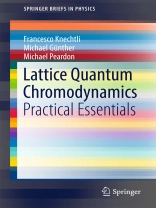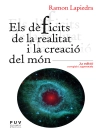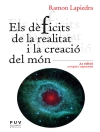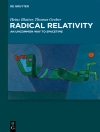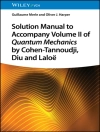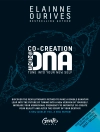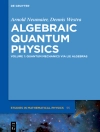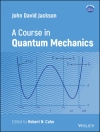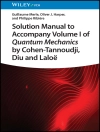This book provides an overview of the techniques central to lattice quantum chromodynamics, including modern developments.
The book has four chapters. The first chapter explains the formulation of quarks and gluons on a Euclidean lattice. The second chapter introduces Monte Carlo methods and details the numerical algorithms to simulate lattice gauge fields. Chapter three explains the mathematical and numerical techniques needed to study quark fields and the computation of quark propagators. The fourth chapter is devoted to the physical observables constructed from lattice fields and explains how to measure them in simulations. The book is aimed at enabling graduate students who are new to the field to carry out explicitly the first steps and prepare them for research in lattice QCD.
Tabella dei contenuti
Quantum Field Theory (QFT) on the Lattice.- A brief history of quarks and gluons.- Classical fields and gauge invariance.- Hamiltonian and path integral formulations of quantum mechanics.- Quantum fields on a lattice.- Recovering continuum QCD.- Further reading.- Monte Carlo methods.- Markov chain Monte Carlo.- Sampling Yang–Mills gauge fields.- Hybrid Monte Carlo.- Symplectic integration schemes.- Summary and Further reading.- Handling fermions on the lattice.- Wick contractions.- Sparse Linear Algebra.- Fermion determinant.- HMC with fermions revisited.- The quark propagator from a point source.- All-to-all quark propagators.- Summary and Further reading.- Calculating observables of quantum fields.- Symmetry properties of creation and annihilation operators.- Techniques for hadron spectroscopy.- Gluons, Wilson Loops and glueballs.- Quarks and hadron physics.- Statistical data analysis.- Summary.- A Notational conventions.- A.1 SU(N) notation.- A.2 Fermions.- A.3 Probability spaces.-References.
